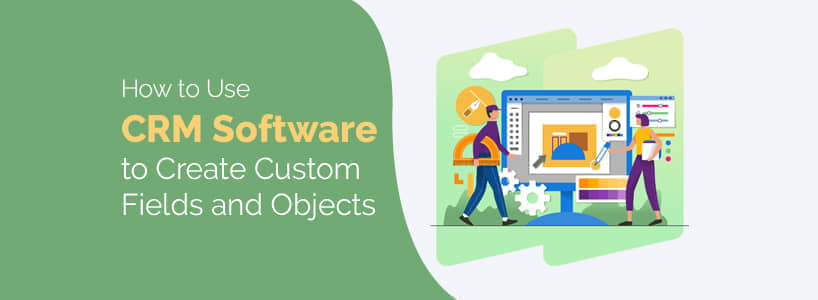CRM software is a powerful tool for managing customer relationships. One of the key benefits of CRM is its flexibility to adapt to your specific business needs. This is where custom fields and objects come in. By creating these tailored elements, you can capture and store unique data that is relevant to your business operations.
Understanding Custom Fields and Objects
Before diving into the creation process, let's clarify the difference between custom fields and objects.
- Custom Fields: These are additional pieces of information added to existing records within a CRM system. For example, you might add a "Preferred Contact Method" field to a contact record.
- Custom Objects: These are entirely new data structures created to store specific information not covered by standard CRM objects (like contacts, accounts, or leads). For instance, you might create a custom object called "Product Warranty" to track warranty details.
Steps to Create Custom Fields
- Identify Data Needs: Determine the specific information you want to capture. Consider what data would be valuable for sales, marketing, or customer support teams.
- Choose the Right Object: Decide which standard object will benefit from the new field. For example, if you want to track customer preferences, you might add a custom field to the "Contact" object.
- Define Field Type: Select the appropriate data type for the field (text, number, date, dropdown, etc.).
- Set Field Properties: Configure field properties such as length, format, and whether the field is required.
- Test and Implement: Thoroughly test the new field to ensure it functions as expected. Once satisfied, deploy the field to your CRM system.
Steps to Create Custom Objects
- Define Object Purpose: Clearly outline the purpose of the new object and the data it will store.
- Design Object Structure: Determine the fields required for the custom object. Consider relationships with other objects if necessary.
- Create the Object: Use your CRM's built-in tools to define the object and its fields.
- Establish Relationships: If applicable, connect the custom object to existing objects to create a comprehensive data structure.
- Test and Implement: Verify that the custom object functions correctly and meets your business needs.
Benefits of Custom Fields and Objects
- Improved Data Accuracy: Capture specific information relevant to your business processes.
- Enhanced Reporting: Create custom reports and dashboards based on the new data.
- Increased Efficiency: Streamline workflows by automating tasks based on custom field values.
- Better Customer Understanding: Gain deeper insights into customer behavior and preferences.
Remember
While customization is powerful, avoid creating excessive fields or objects that might clutter your CRM. Focus on data that is essential for your business goals.
By effectively utilizing custom fields and objects, you can transform your CRM into a tailored tool that drives business growth and customer satisfaction.
